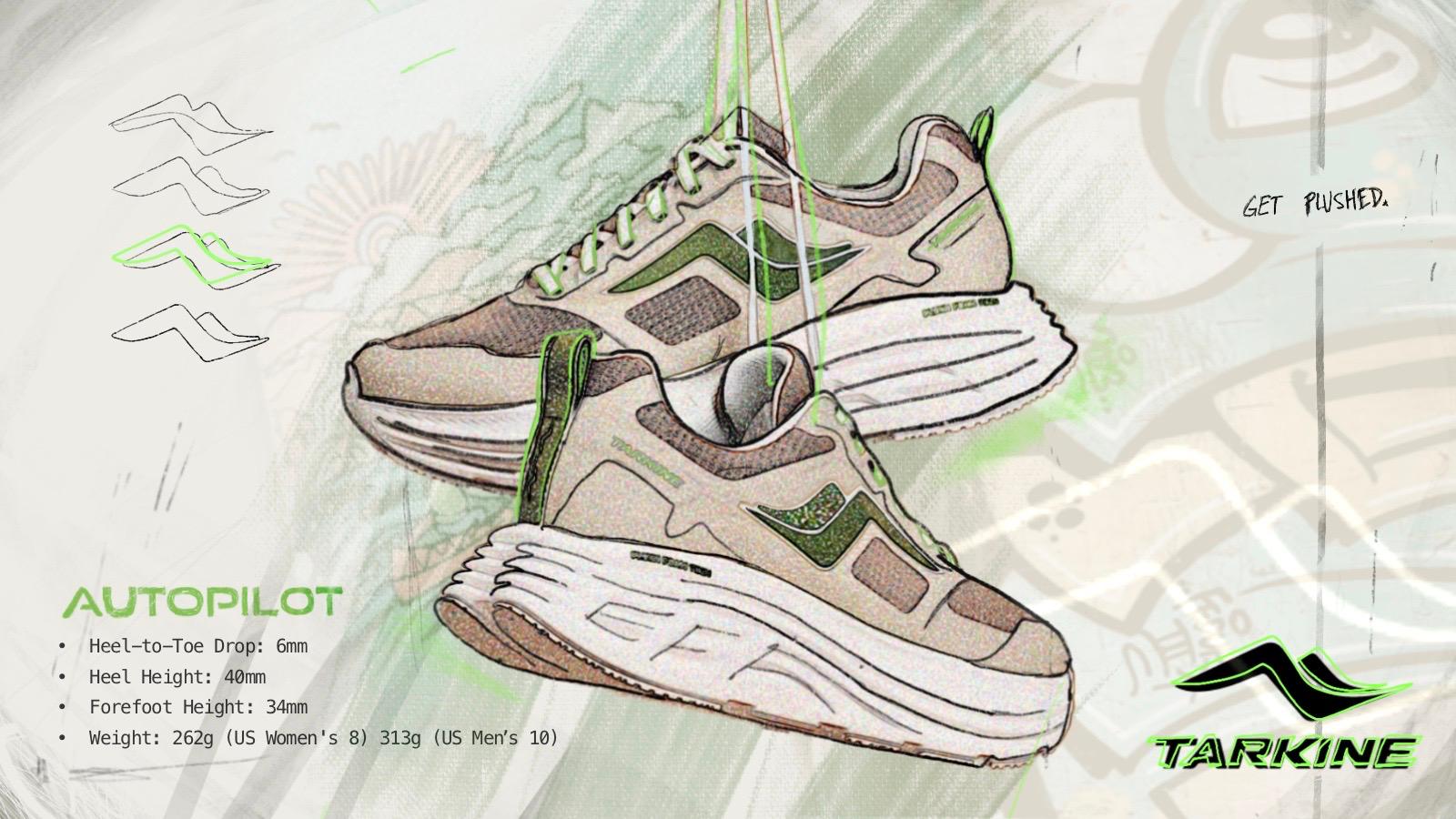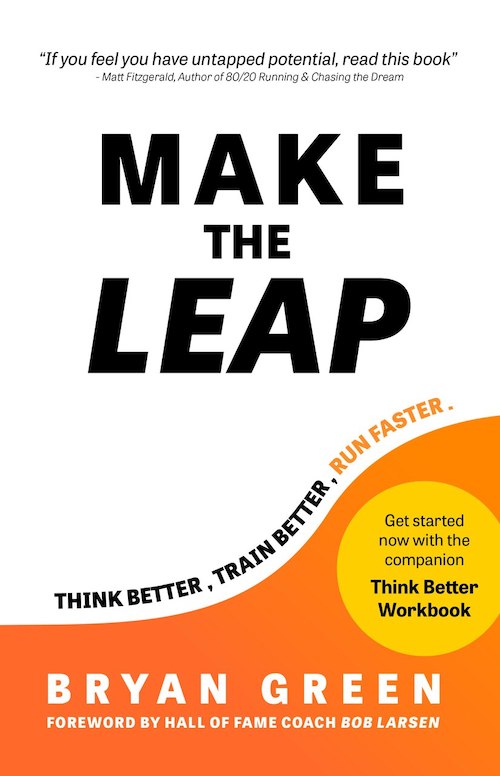When preparing for a race, whether it’s a 10K or a marathon, your training plan needs a key element that benefits all distances: long slow distance (LSD) runs. These endurance-building workouts may seem simple, but they are crucial for enhancing your running performance. Long, slow runs not only improve your aerobic capacity but also teach your body to endure the physical demands of race day. Here’s everything you need to know about LSD runs, their purpose, and how to incorporate them into your training plan for optimal results.

Why Long Slow Distance Runs Matter
Long slow distance runs are the foundation of any effective training plan. According to Mark Wooten, an ultramarathoner and run coach at Life Time in Garland, Texas, “The LSD run is the most important session for building endurance and aerobic efficiency.” The primary goal is to develop muscular endurance and improve your cardiovascular system, allowing your heart and lungs to deliver oxygen to your muscles more efficiently.
 Running at a slower pace teaches your body to burn fat as fuel instead of glycogen, which is limited in supply. This helps you run for longer periods without fatigue. As Meg Takacs, NASM-CPT, run coach and founder of the Movement & Miles app explains, “Training in the aerobic zone allows you to become more efficient at burning fat, so you can run more comfortably for longer stretches.”
Running at a slower pace teaches your body to burn fat as fuel instead of glycogen, which is limited in supply. This helps you run for longer periods without fatigue. As Meg Takacs, NASM-CPT, run coach and founder of the Movement & Miles app explains, “Training in the aerobic zone allows you to become more efficient at burning fat, so you can run more comfortably for longer stretches.”
How Slow Runs Improve Overall Speed
You might wonder how running at a slower pace makes you faster. The key lies in building endurance without overloading your body. “The purpose of an LSD run isn’t to directly increase your speed but to give you the endurance to maintain your race pace over time,” says Wooten. LSD runs condition your body to hold a steady pace without fatigue, so you can sustain your speed longer during races.

Incorporating speed work later in the week complements these slower, longer runs. The combination of easy-paced LSD runs and high-intensity speed sessions helps develop both endurance and speed. This strategy allows you to recover efficiently and perform your best during speed workouts, which ultimately leads to faster race times.
The Importance of Pacing on Long Runs
It’s tempting to pick up the pace during long runs, especially if you’re anxious about hitting your goal race time. However, pushing the pace on your long run can lead to exhaustion, injury, and poor performance in future workouts. “Many runners speed up because they’re subconsciously trying to get through their mileage quickly,” Wooten says. But the main focus of an LSD run is to build aerobic efficiency, not to push yourself into anaerobic territory.
 Wooten advises runners to maintain a consistent cadence, even at a slower pace, to simulate the physical demands of race day. “Running at a slower pace over long distances still takes the same number of steps as it would at race pace,” he says. This mental reassurance helps runners stay focused on pacing and endurance.
Wooten advises runners to maintain a consistent cadence, even at a slower pace, to simulate the physical demands of race day. “Running at a slower pace over long distances still takes the same number of steps as it would at race pace,” he says. This mental reassurance helps runners stay focused on pacing and endurance.
How to Structure Your Long Slow Distance Runs
When planning your LSD runs, the emphasis should be on time spent running rather than distance. The goal is to work up to running for the same amount of time you expect to spend on your feet during the race. For instance, if you’re training for a two-hour half marathon, aim to complete a two-hour long run at a slower pace.
Takacs recommends a “conversational pace”—one that feels easy enough to maintain for an extended period. You can think of it as running about one to 1.5 minutes slower per mile than your goal race pace. If you prefer using a heart rate monitor, keep your heart rate in zone 2, or 60–70% of your maximum heart rate.

Gradually increase the duration of your long runs as your training progresses. For marathoners, this typically means working up to 20 miles by the peak of your training cycle. But remember, the focus is on duration and effort, not mileage. Your heart and muscles respond to time spent working, not necessarily the number of miles you log.
Finding the Balance Between Effort and Rest
Maintaining the right balance of easy and hard efforts is crucial for successful race preparation. The 80/20 rule is a helpful guideline—80% of your runs should be at a low, aerobic intensity, while 20% can be reserved for higher intensity efforts like speed work. Even elite runners spend the majority of their training time at easy paces, focusing on aerobic efficiency.
“Don’t worry if your pace varies from week to week,” says Wooten. “Factors like sleep, stress, heat, and humidity all affect your performance on any given day.” The key is to avoid obsessing over numbers and instead focus on keeping the effort manageable and finding your flow during these long, slow runs.
Embrace the Long Slow Distance
Long slow distance runs might not feel flashy or exciting, but they are essential for every runner’s success. These runs build the aerobic base you need to tackle any race, from a 5K to a marathon, without hitting the wall. By pacing yourself, balancing your training efforts, and staying consistent with your LSD runs, you’ll be well-prepared to crush your next race.

























